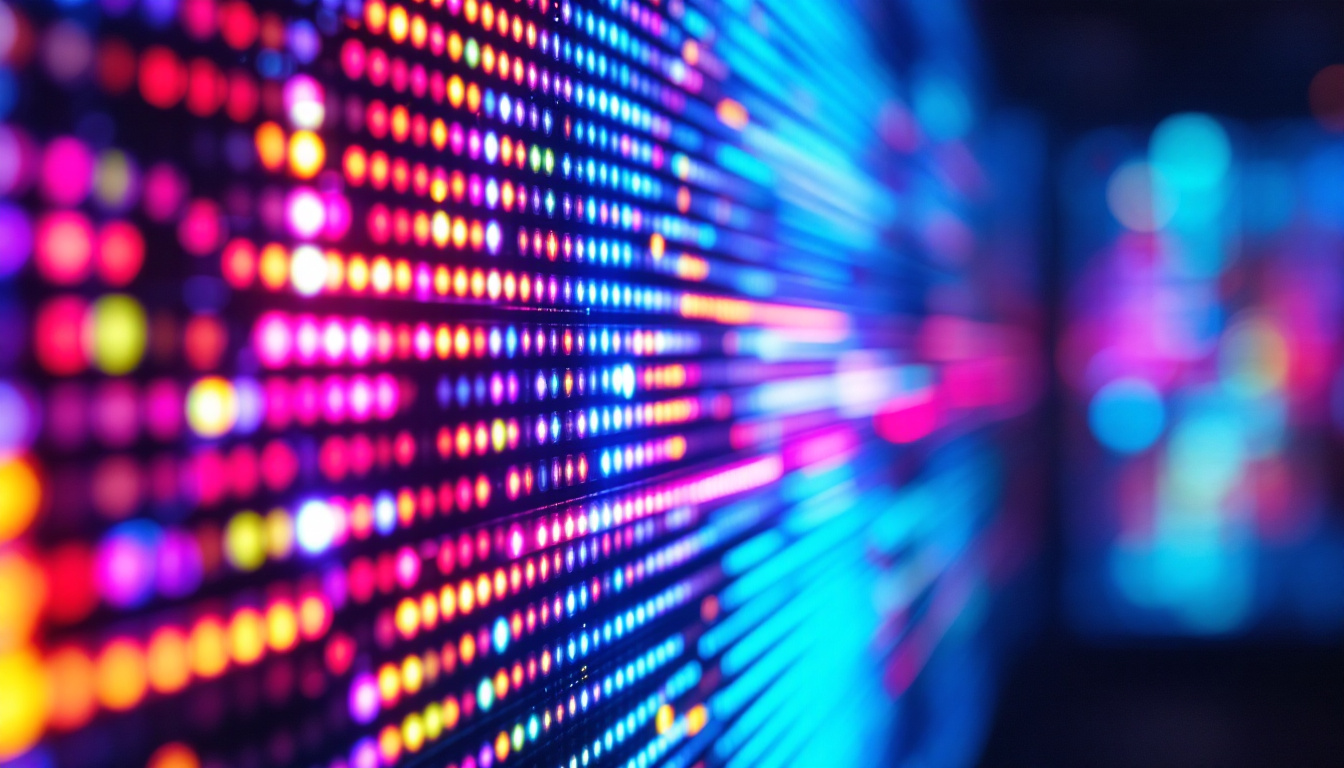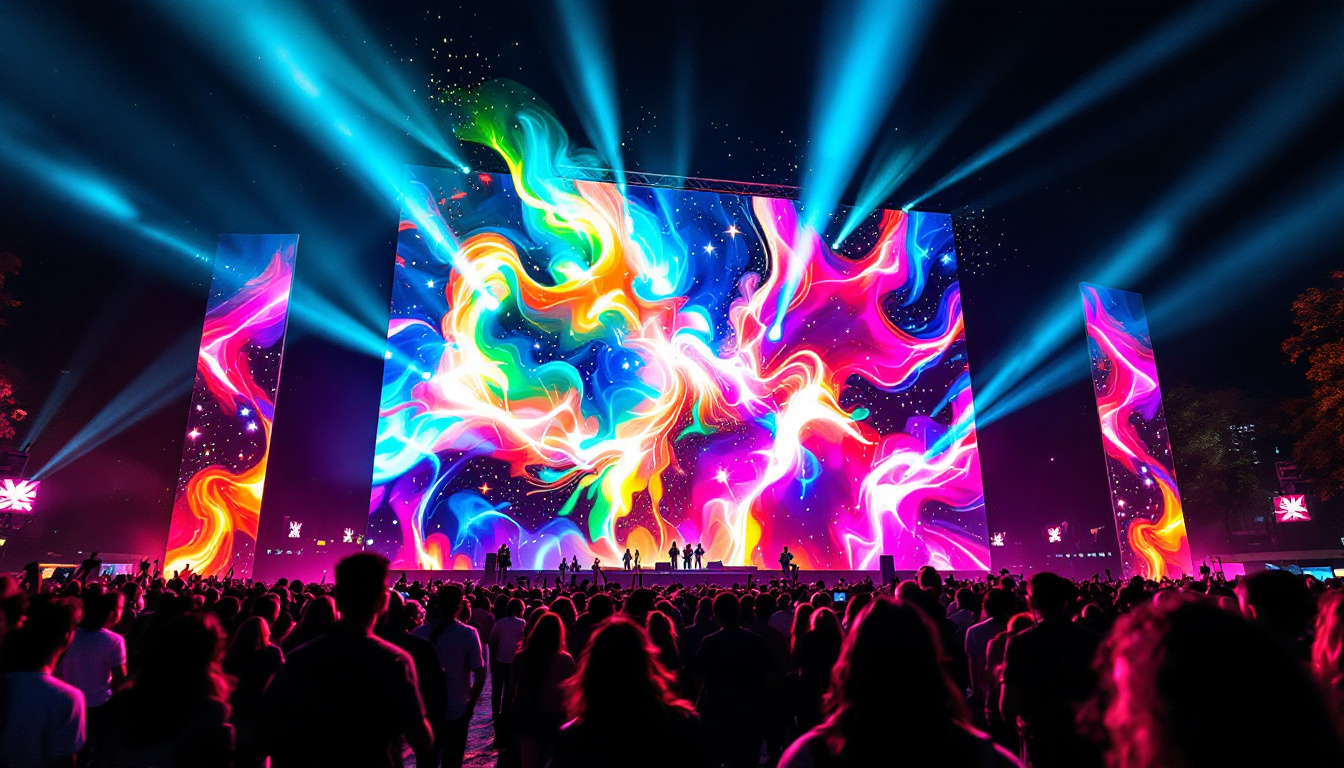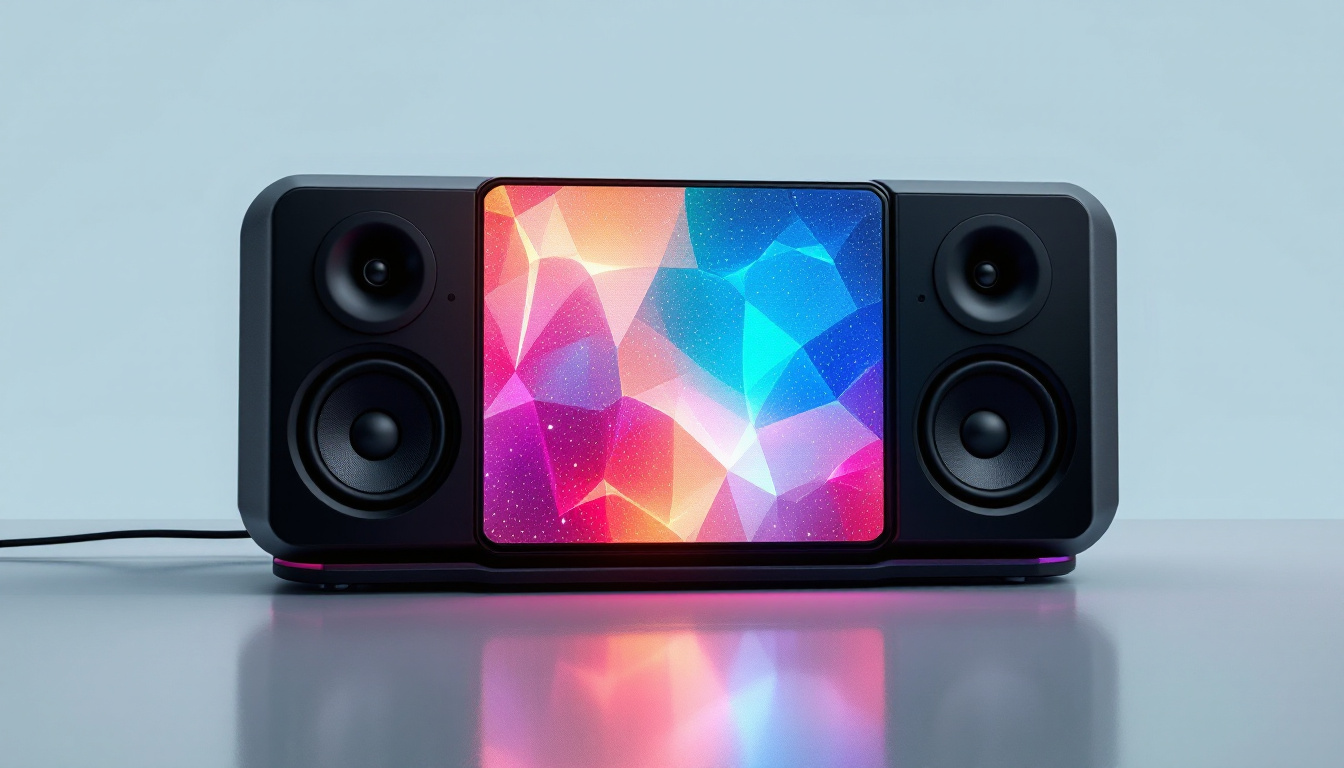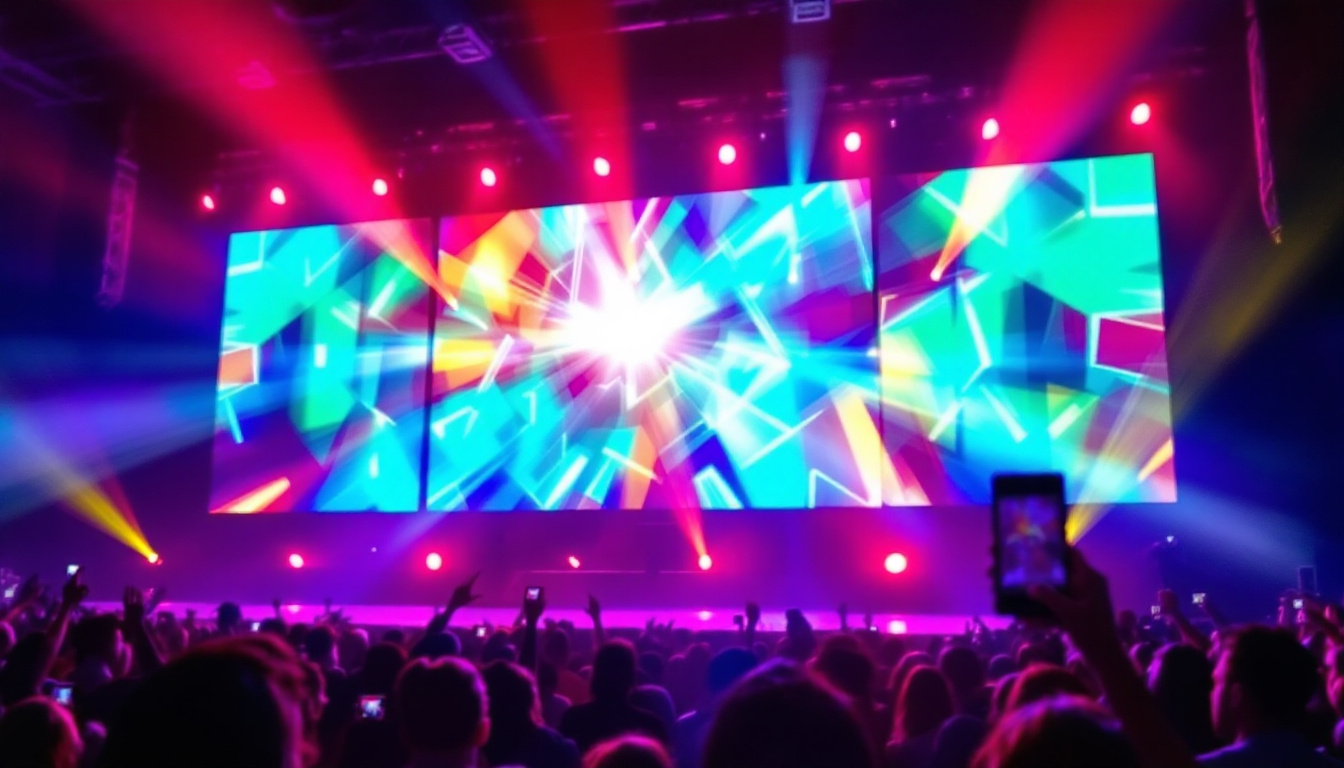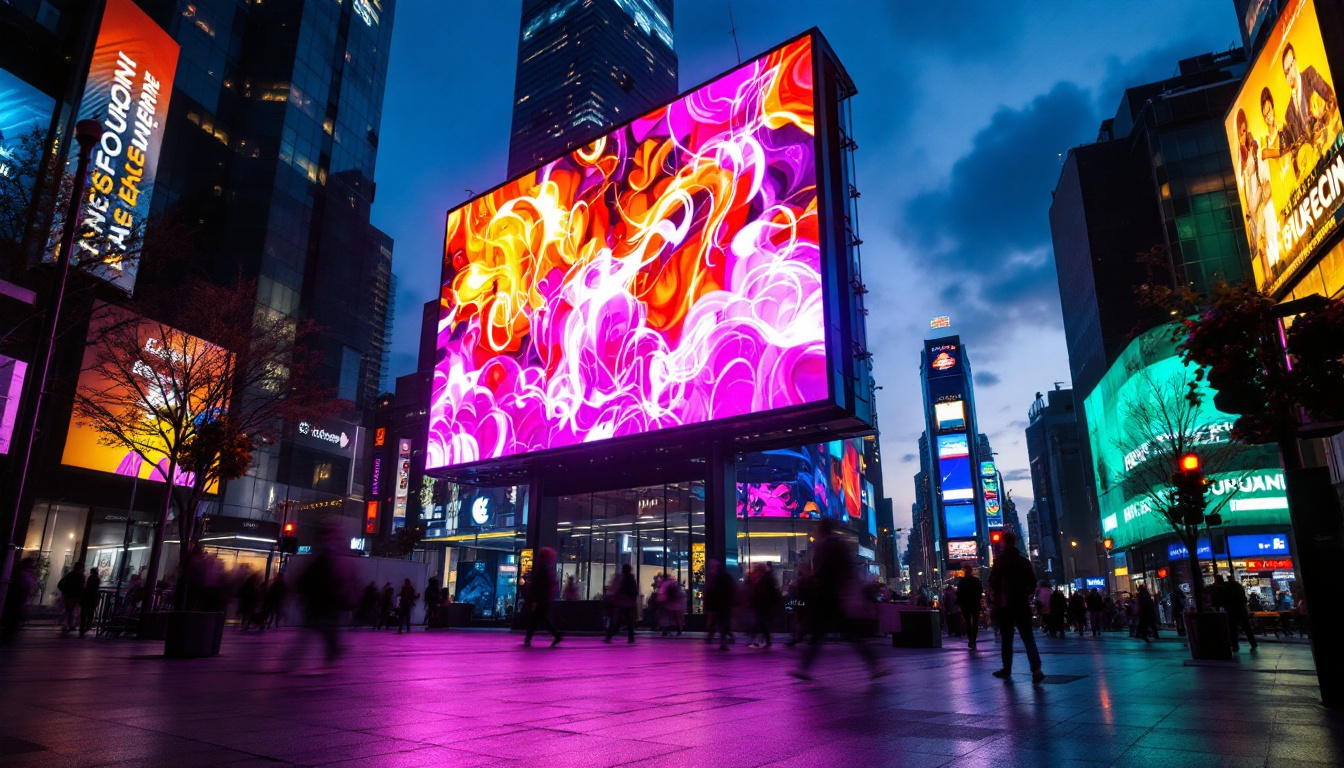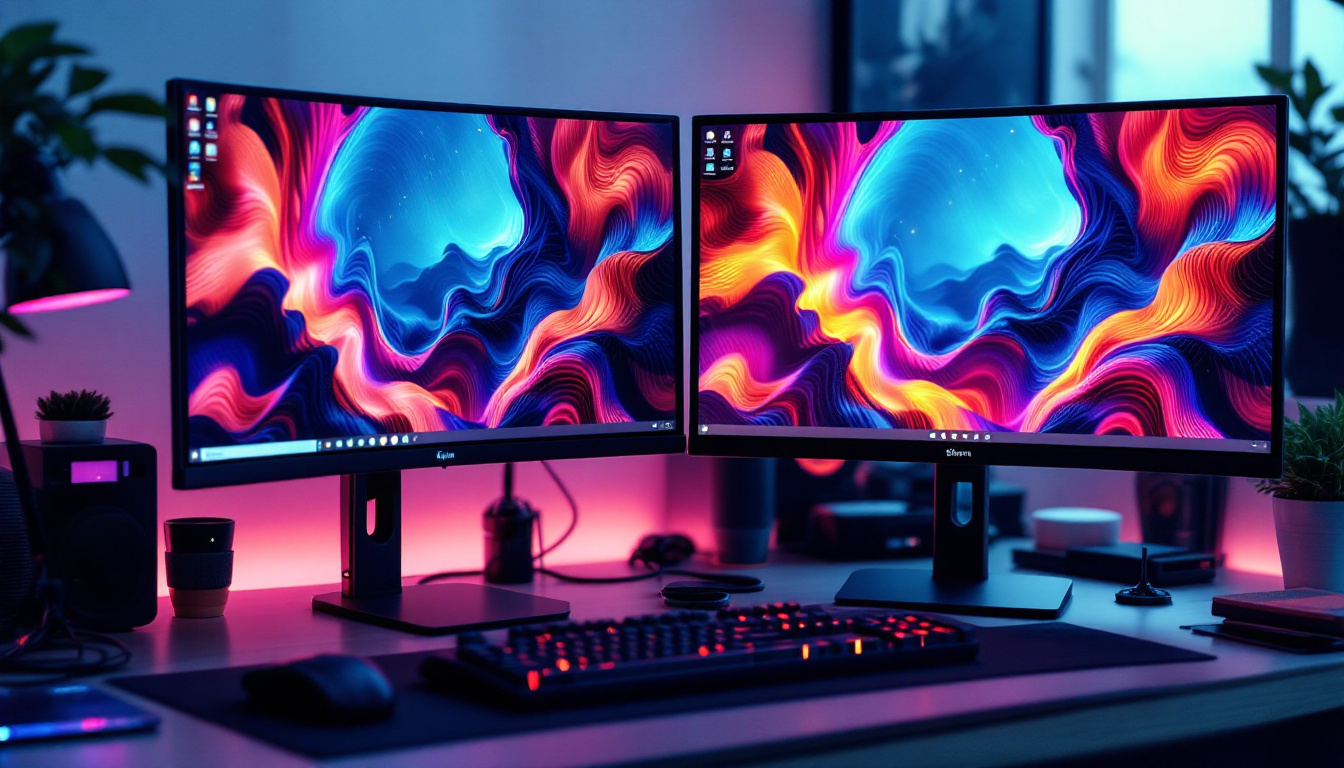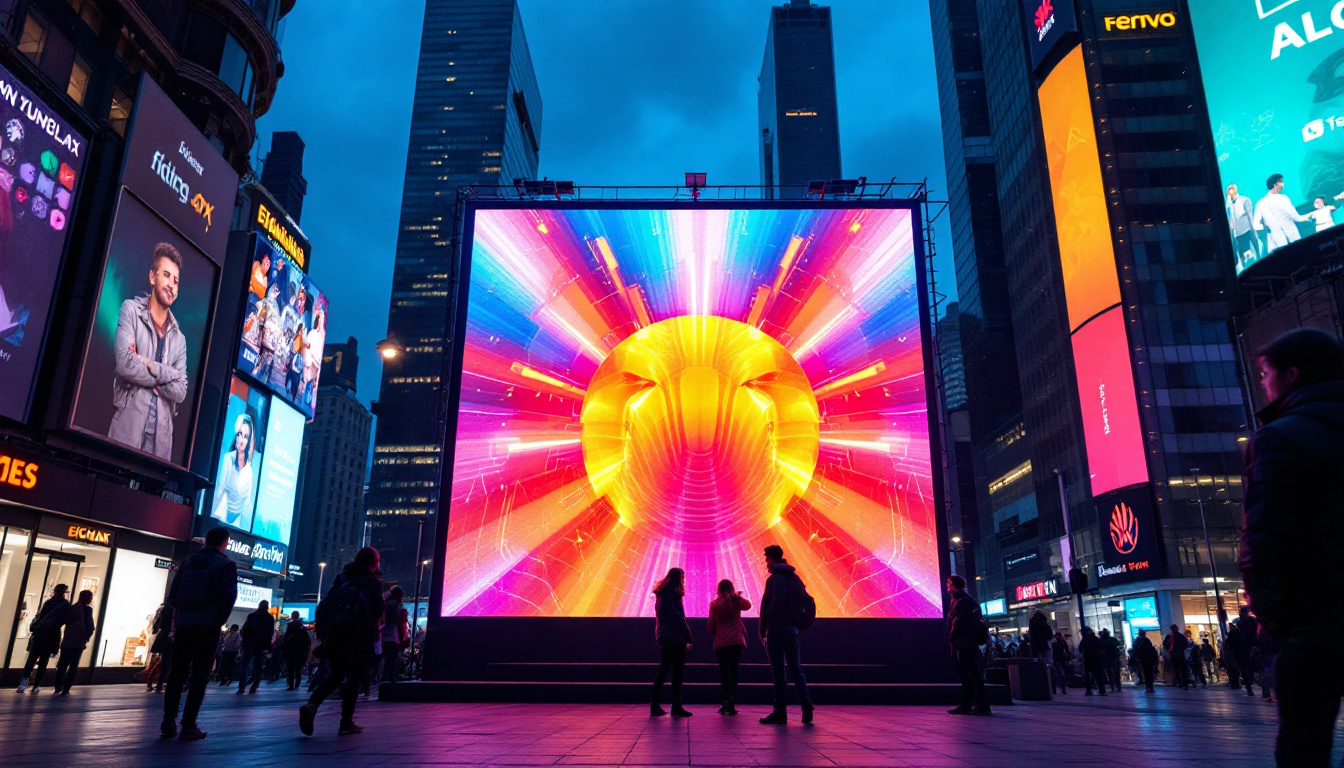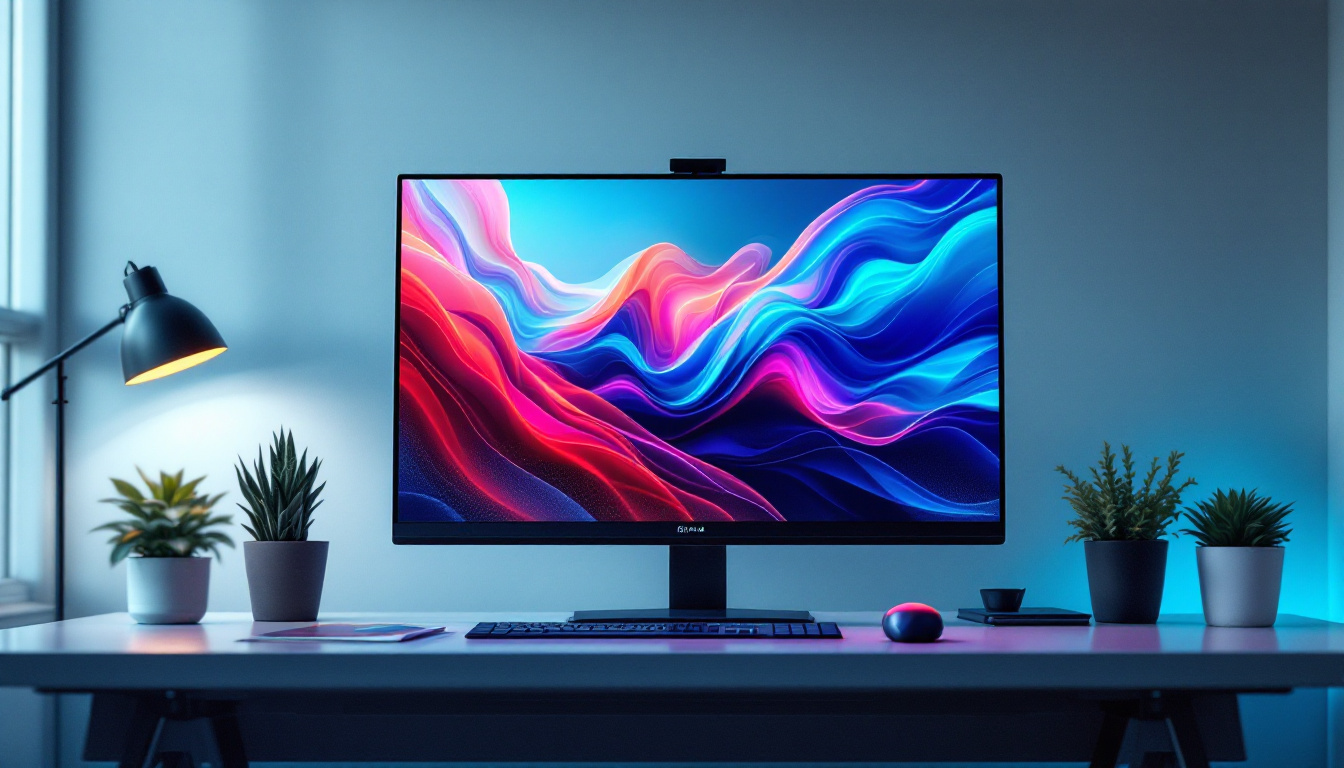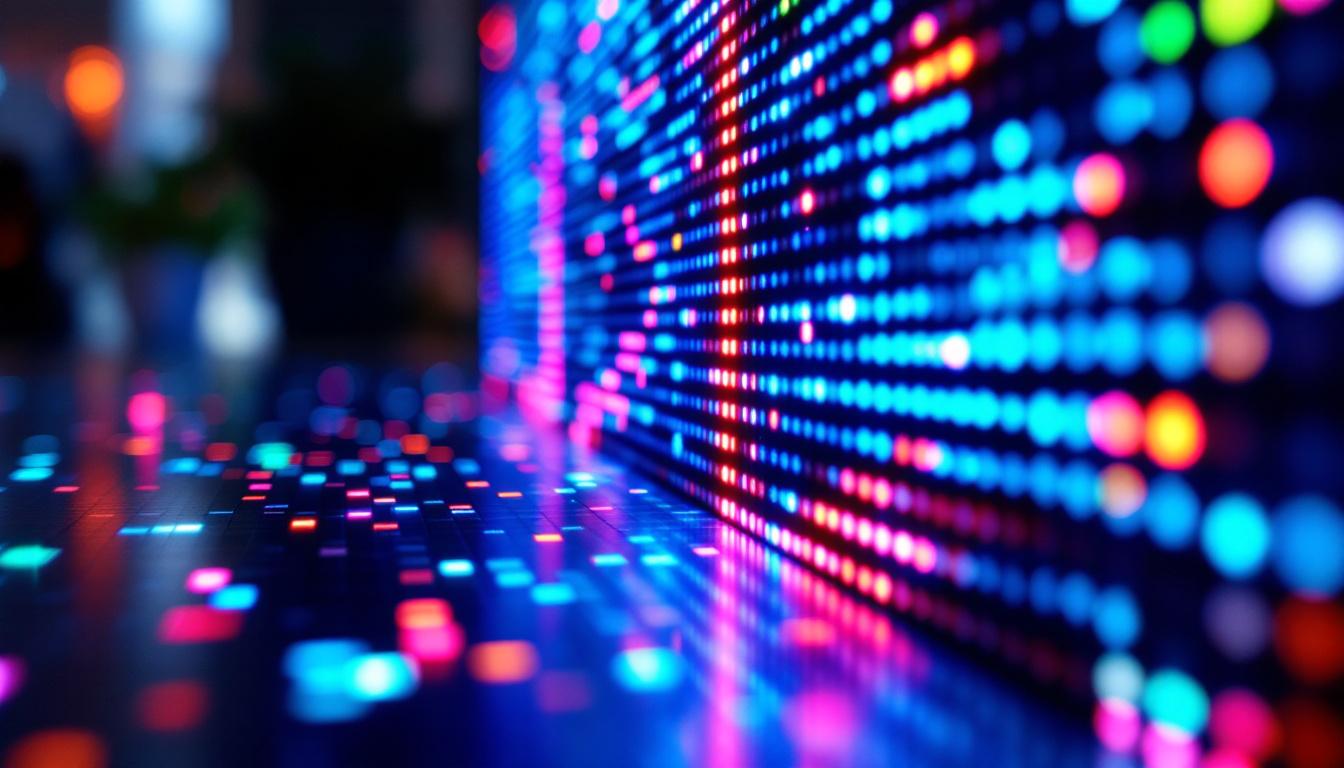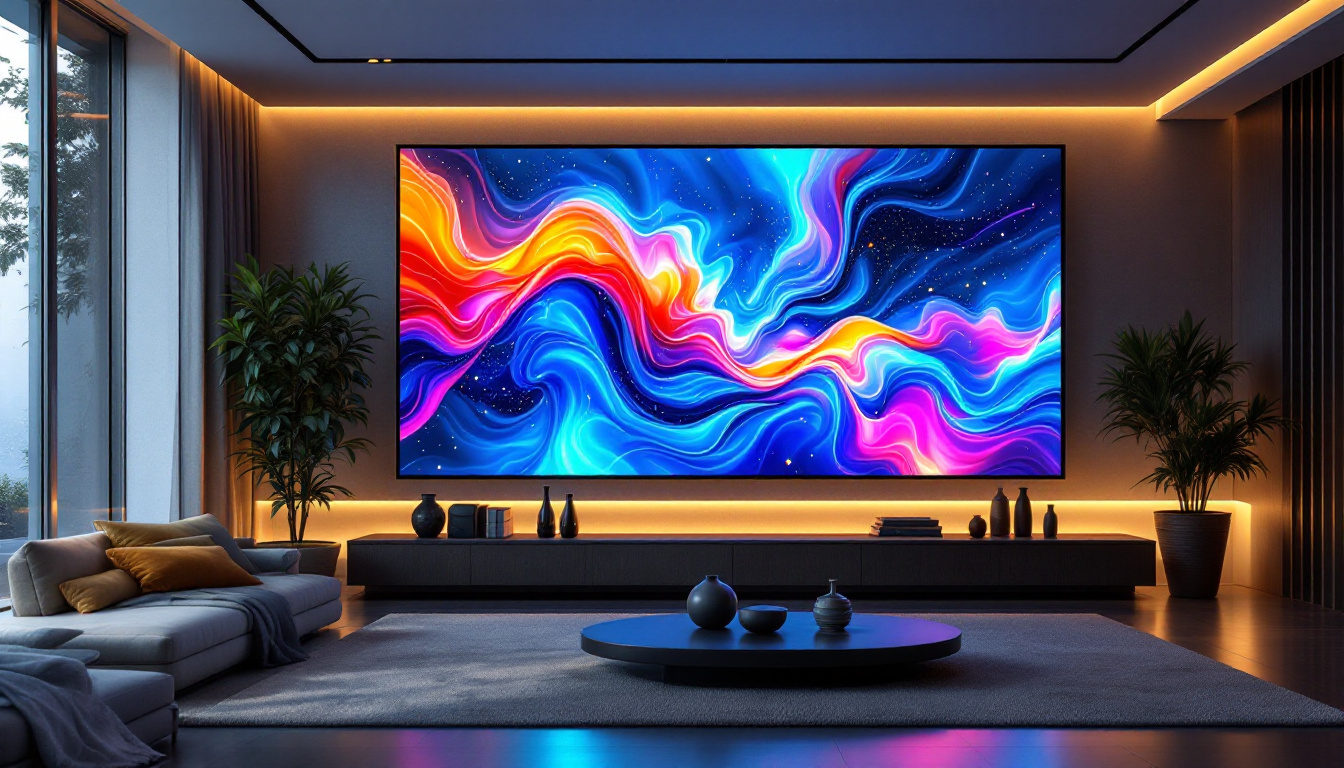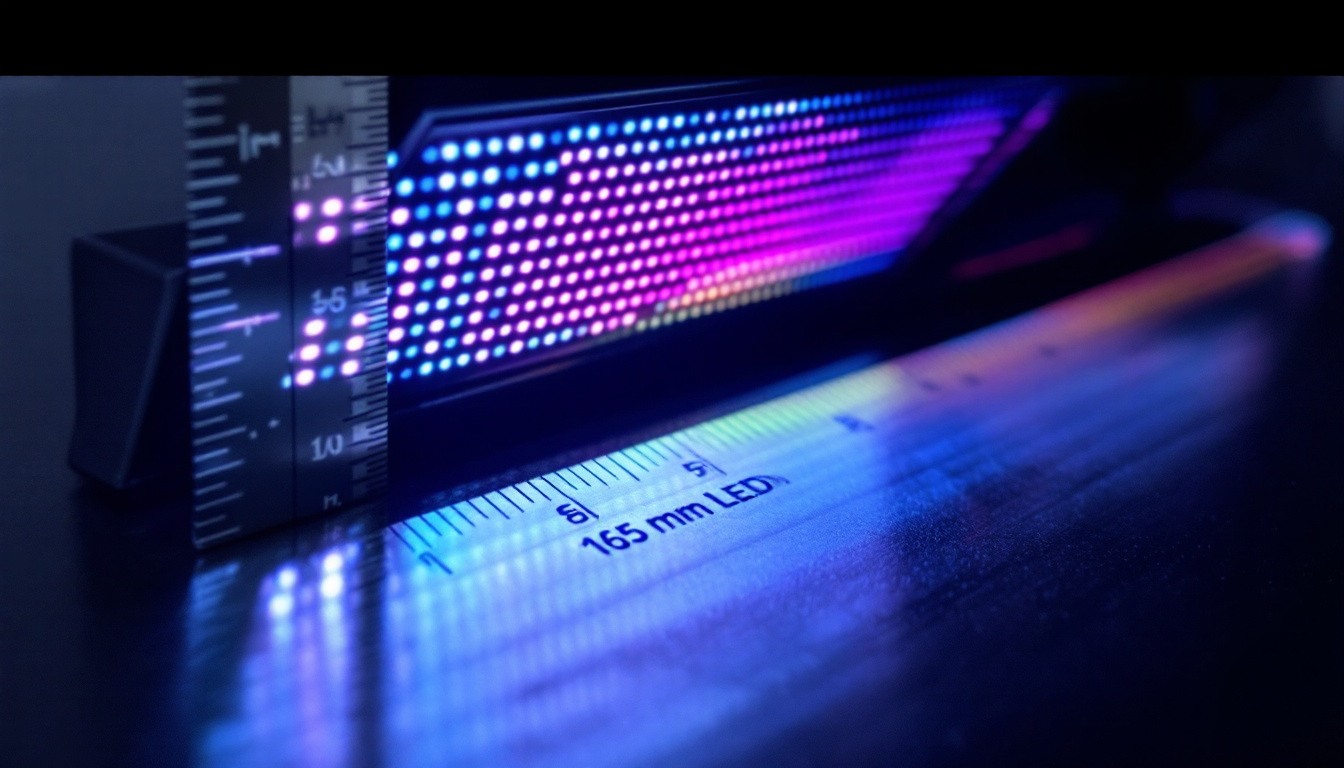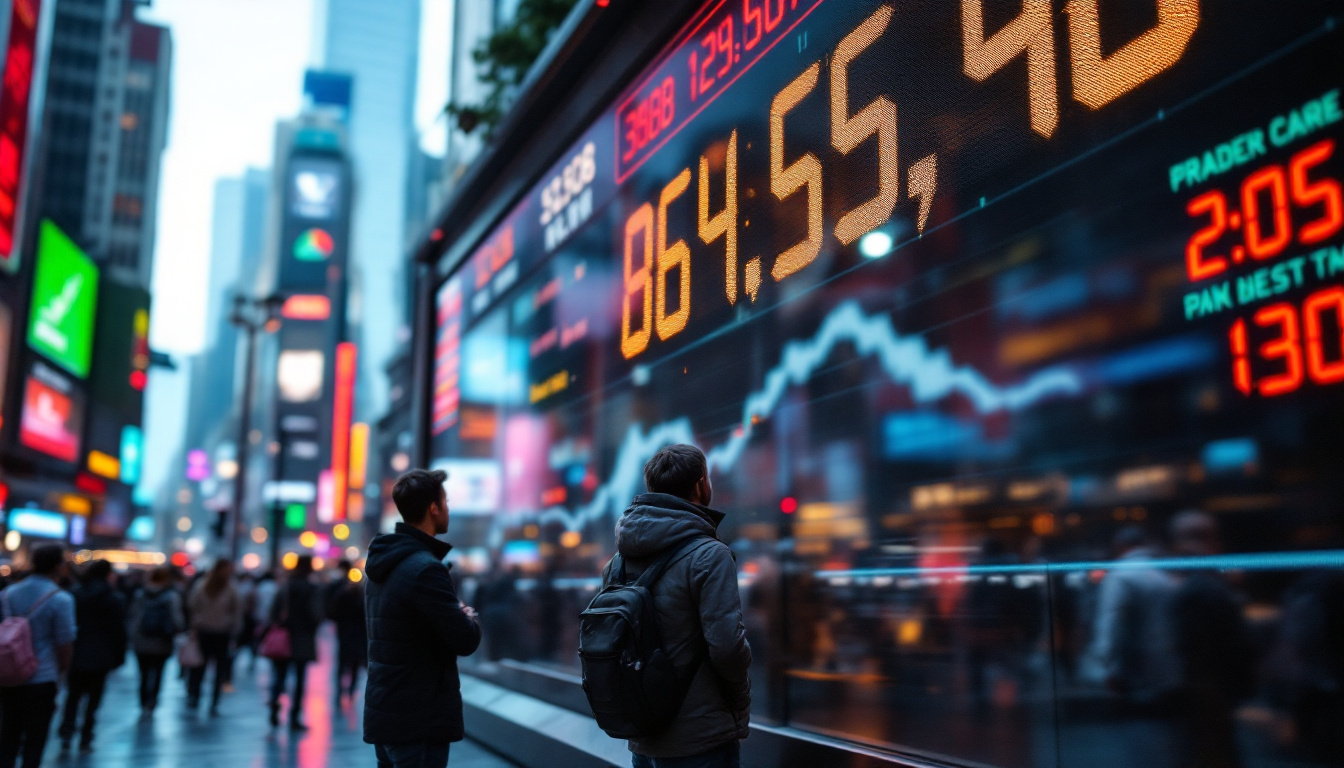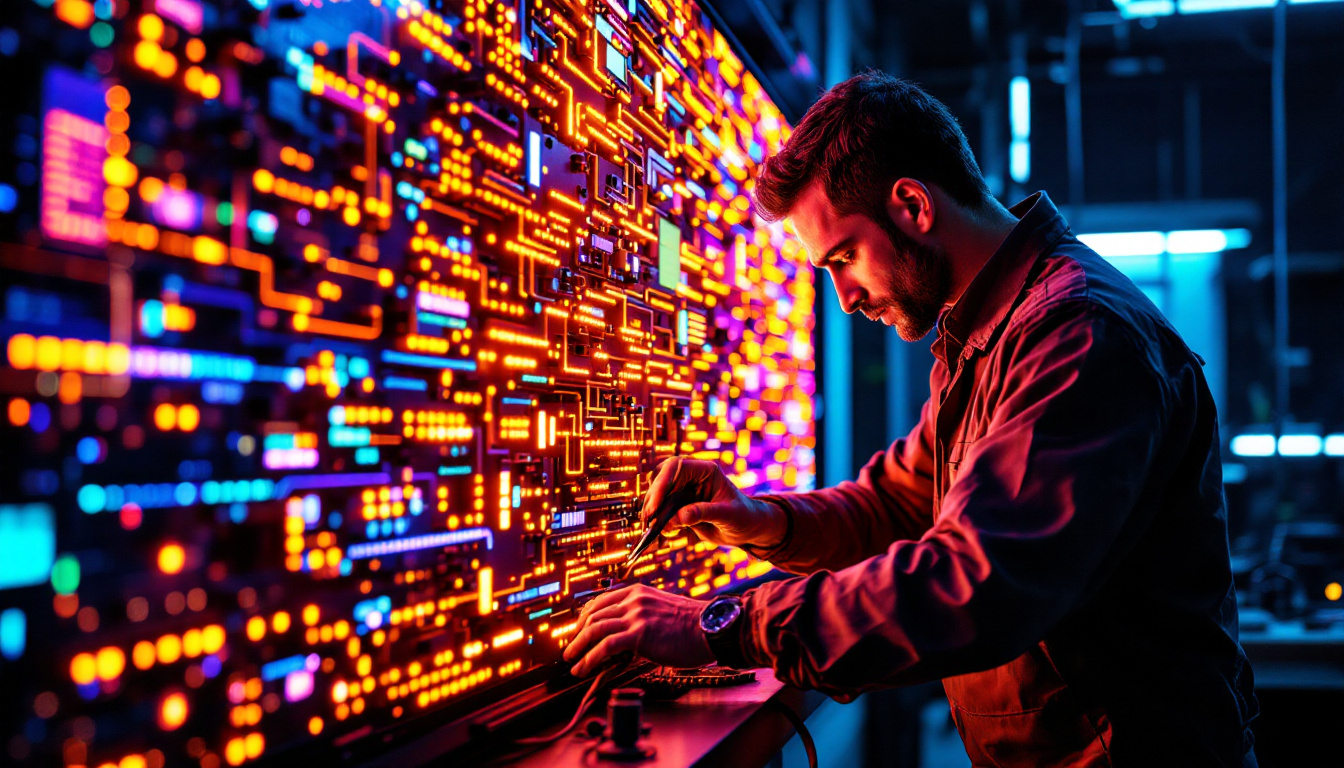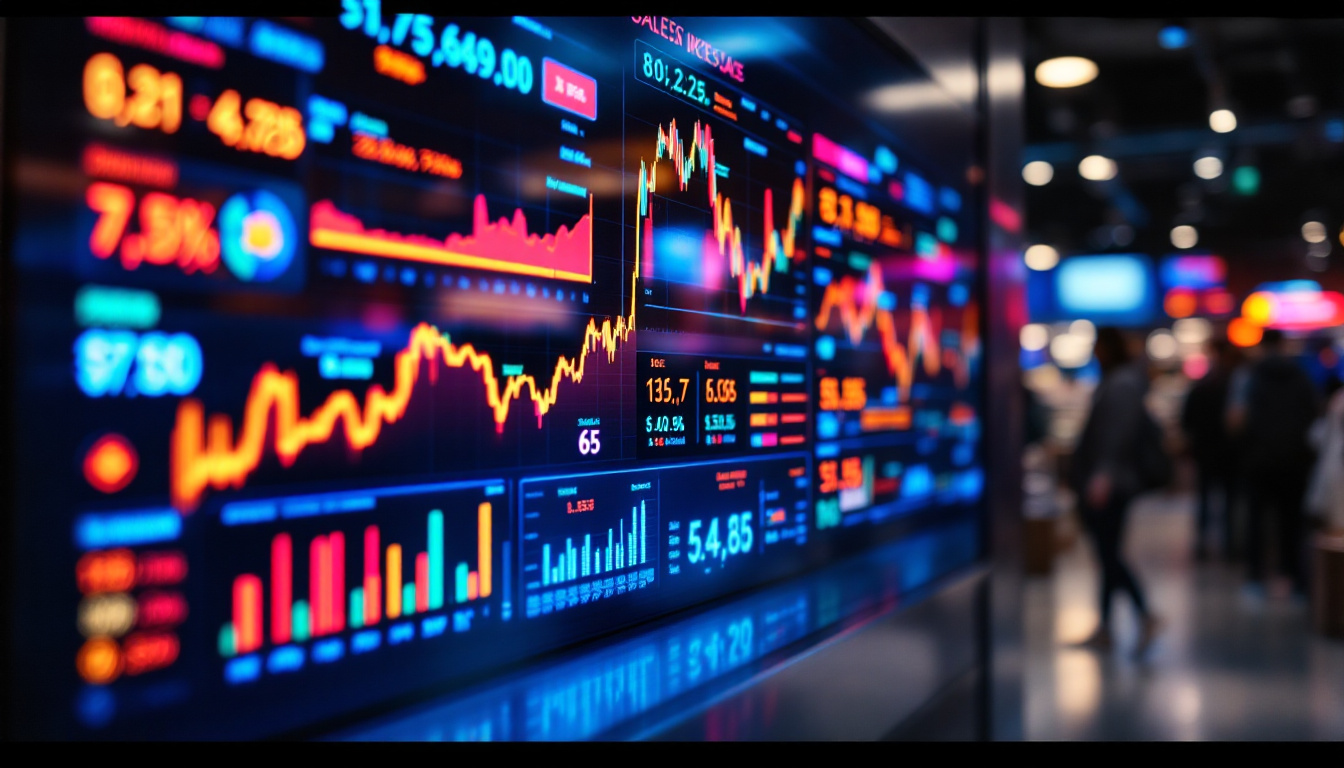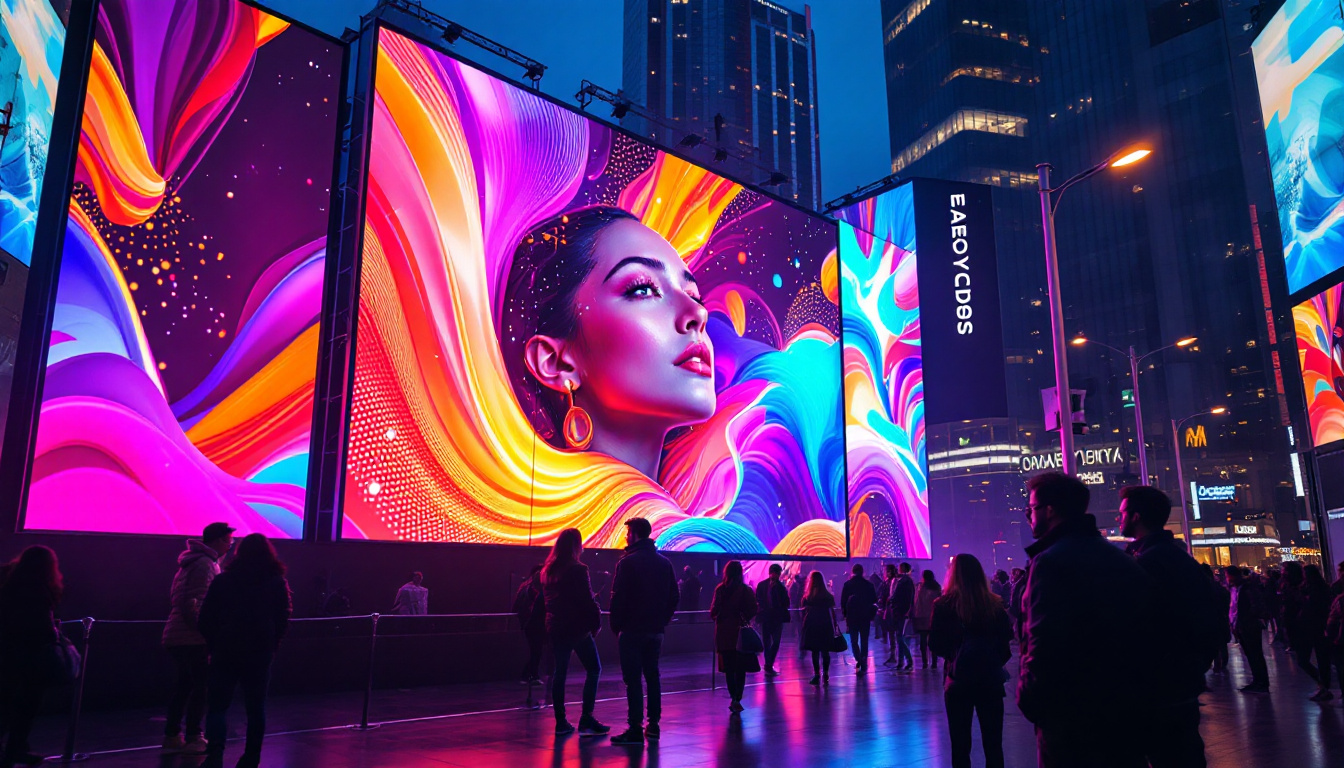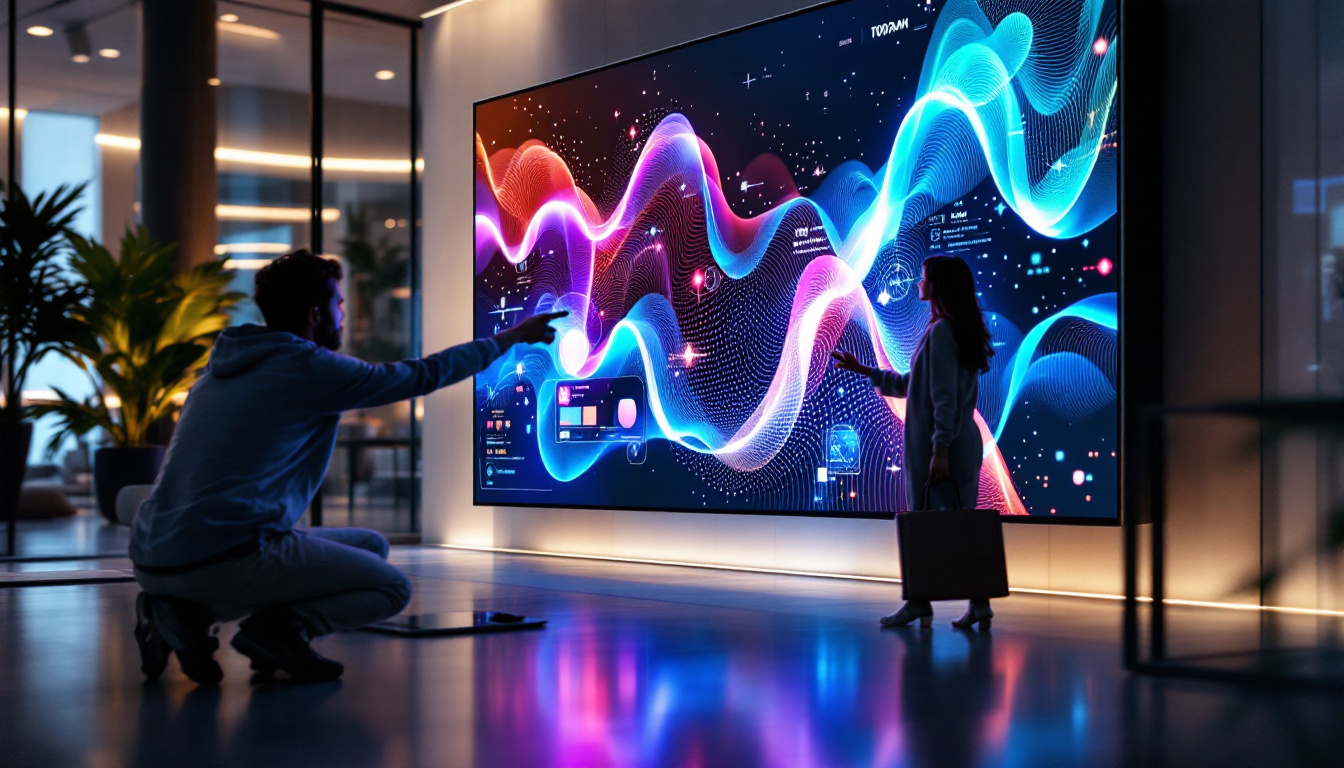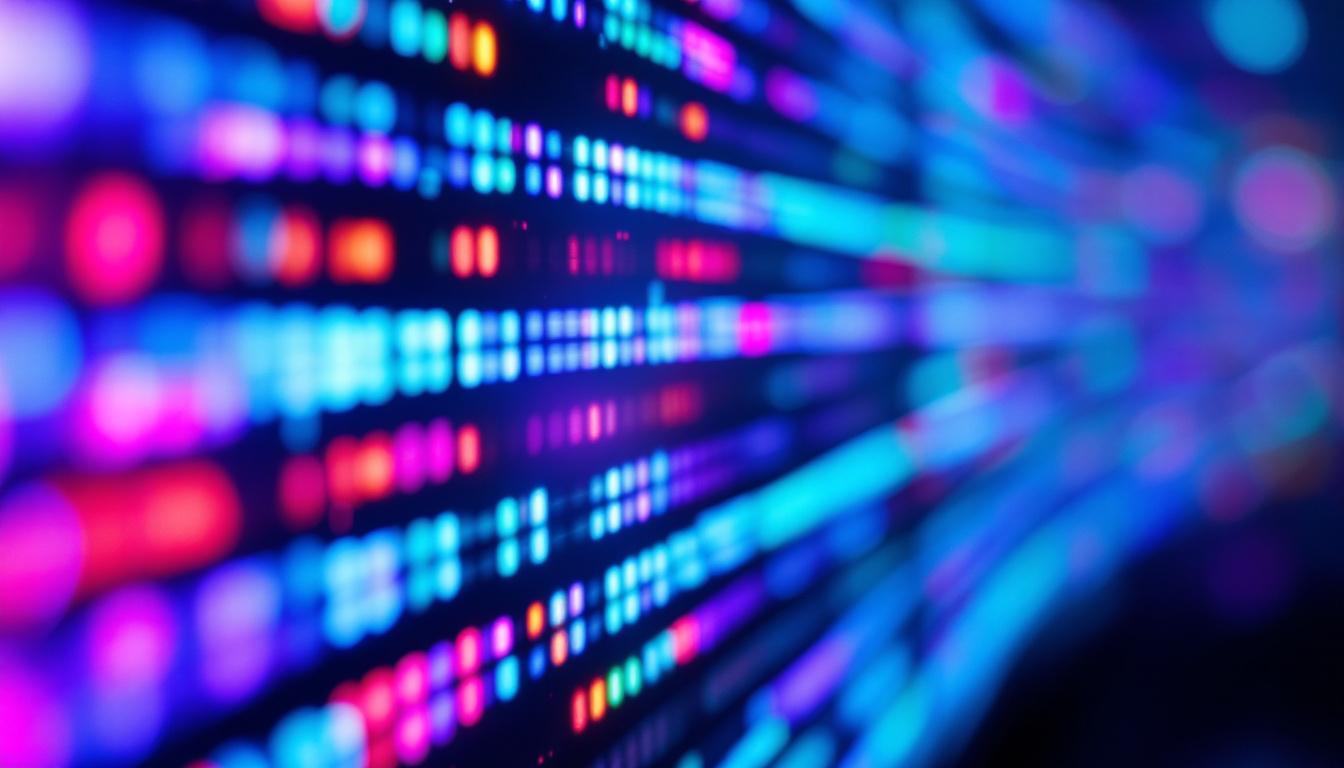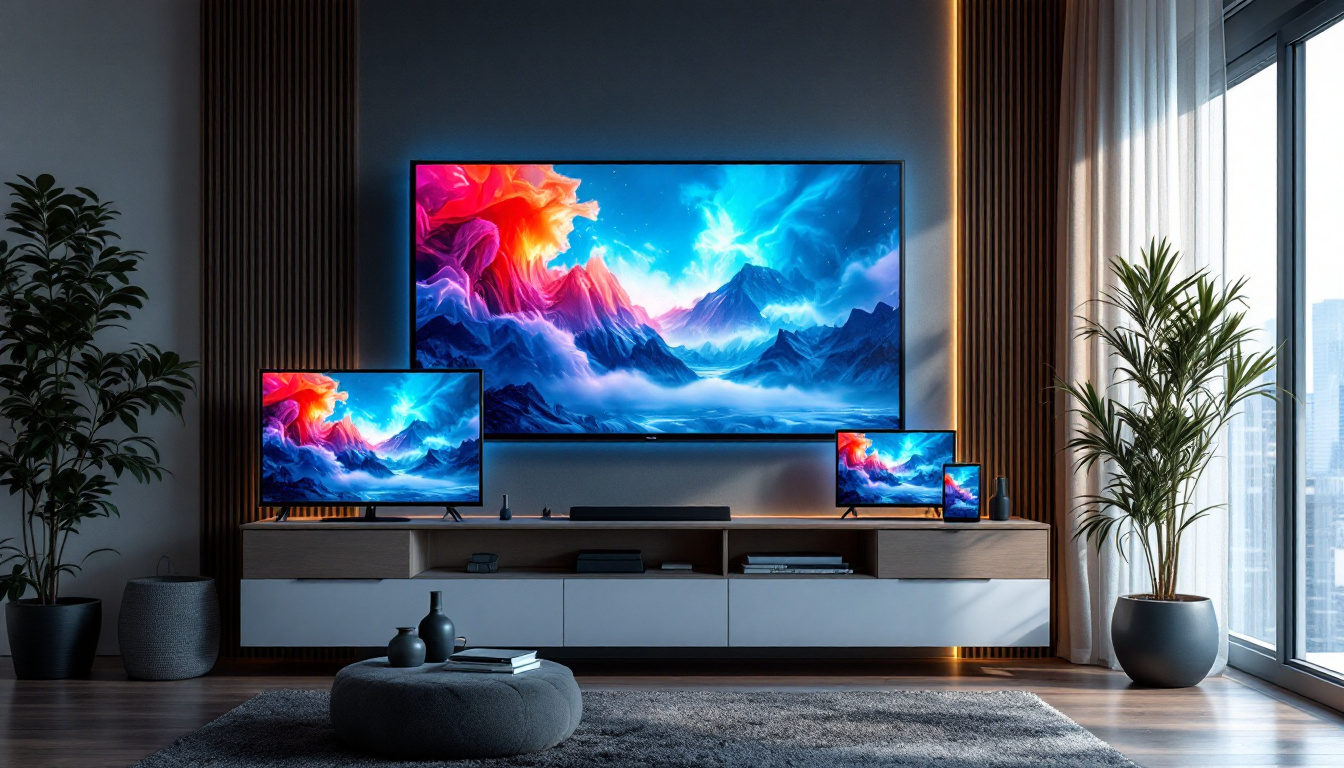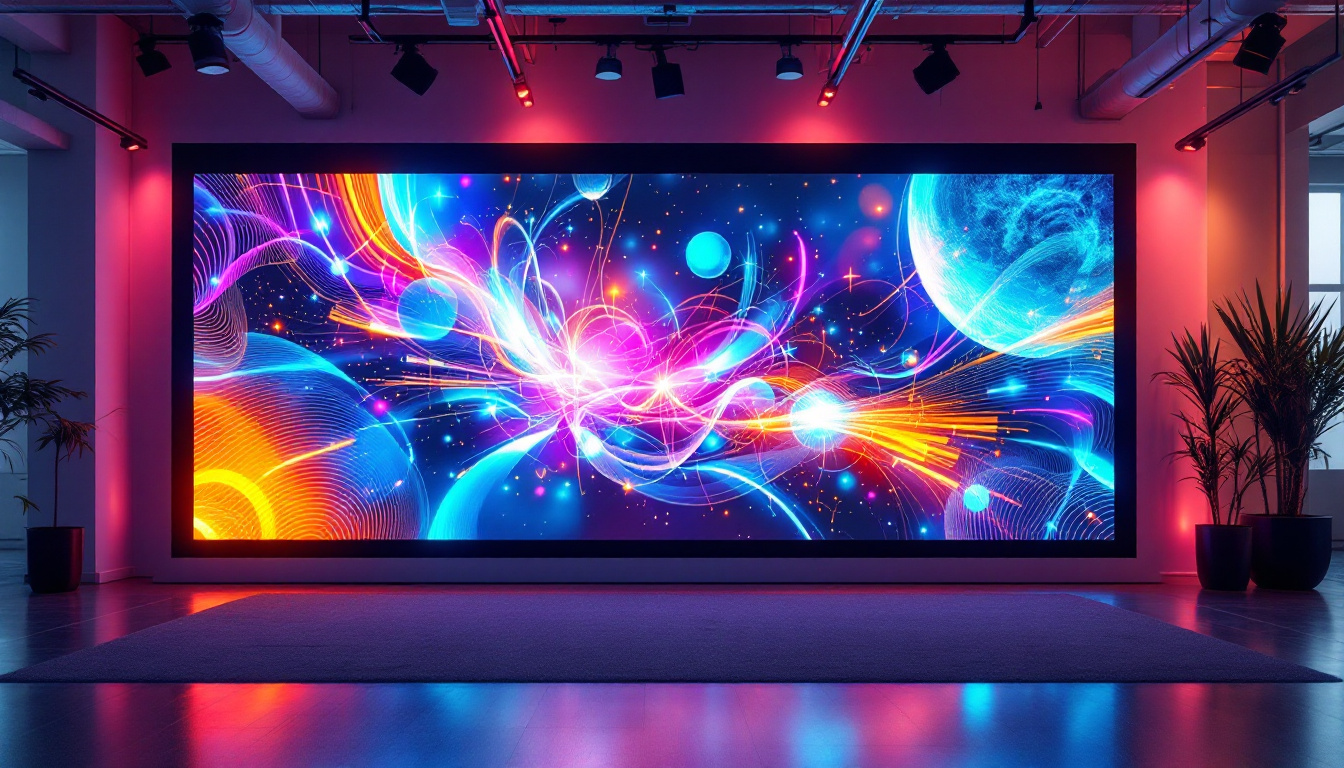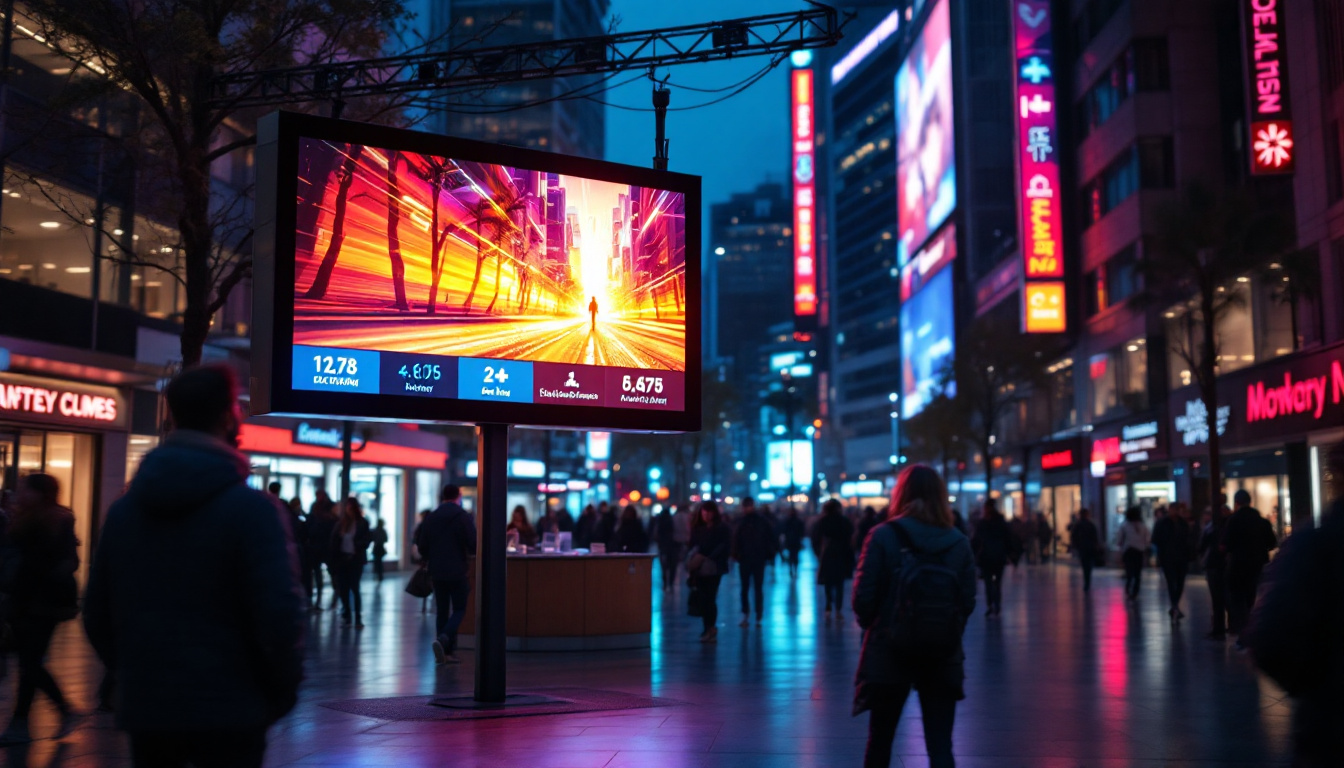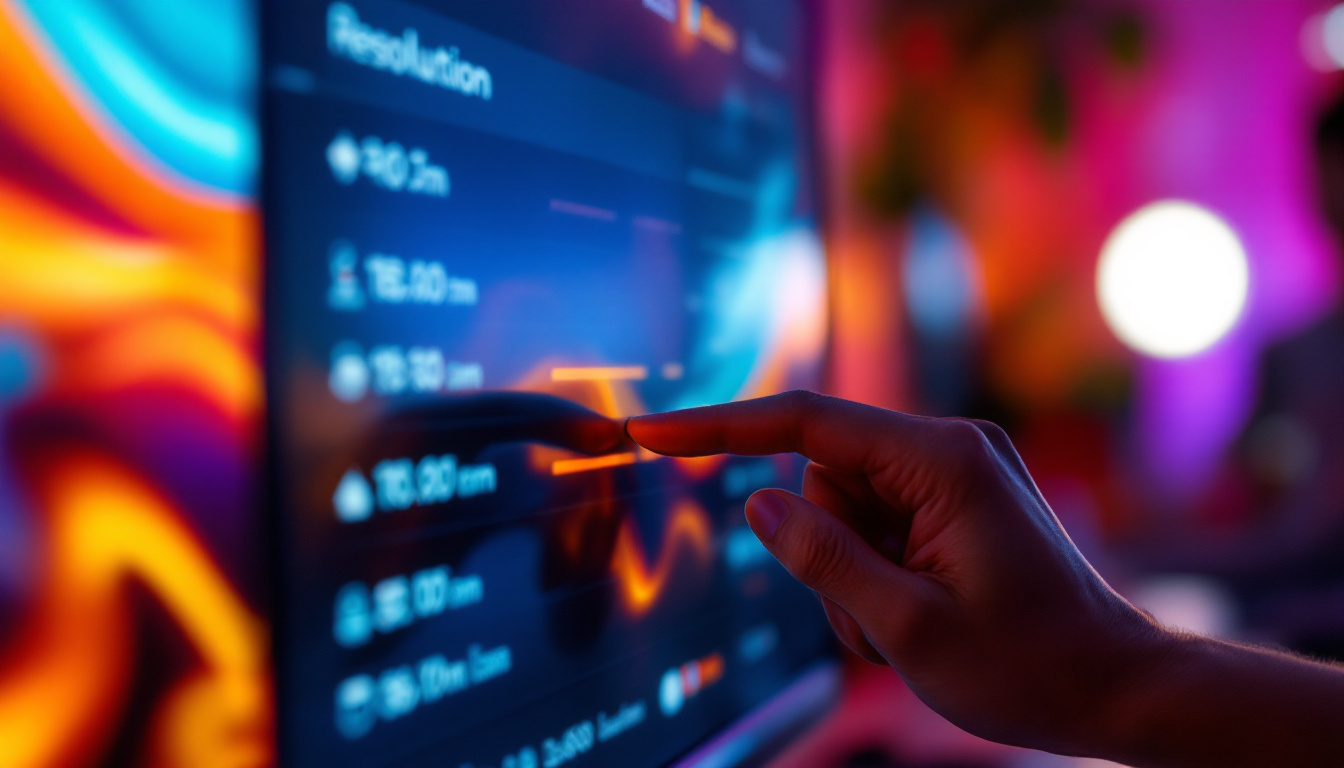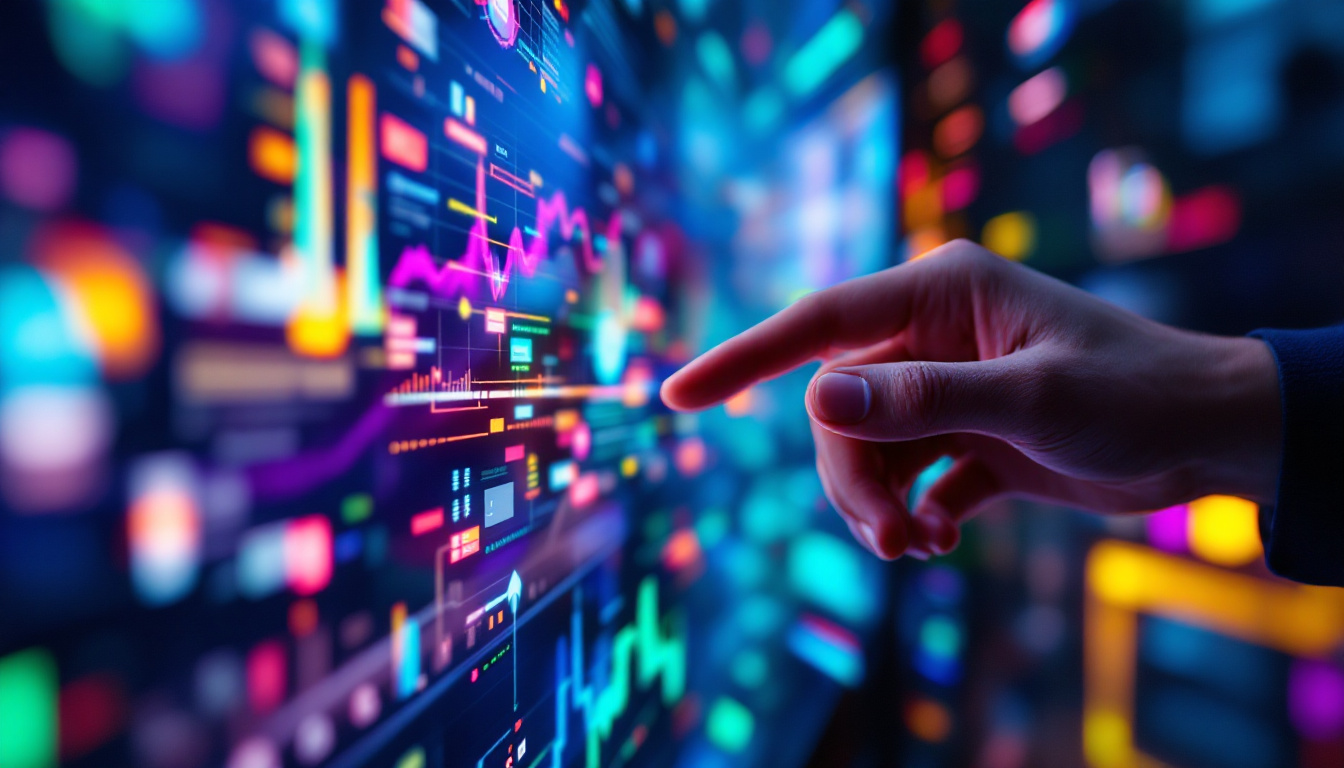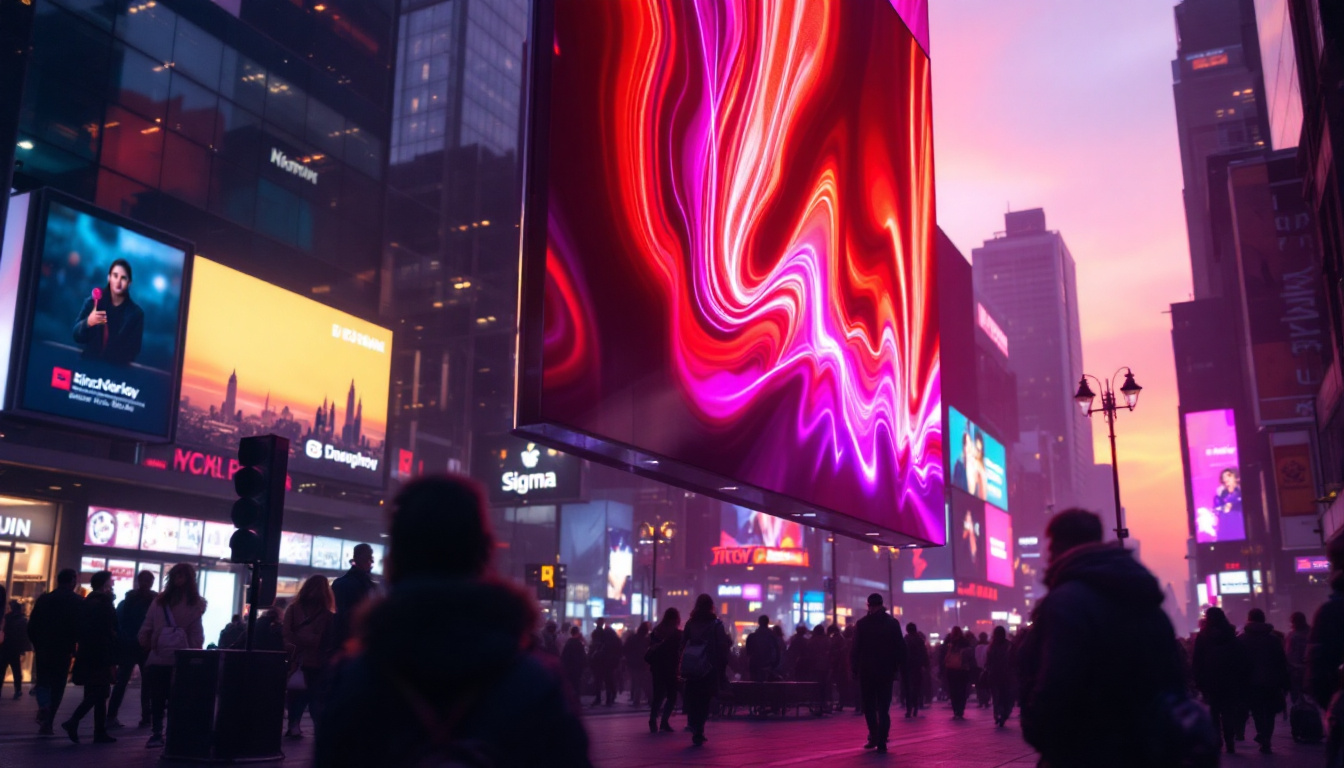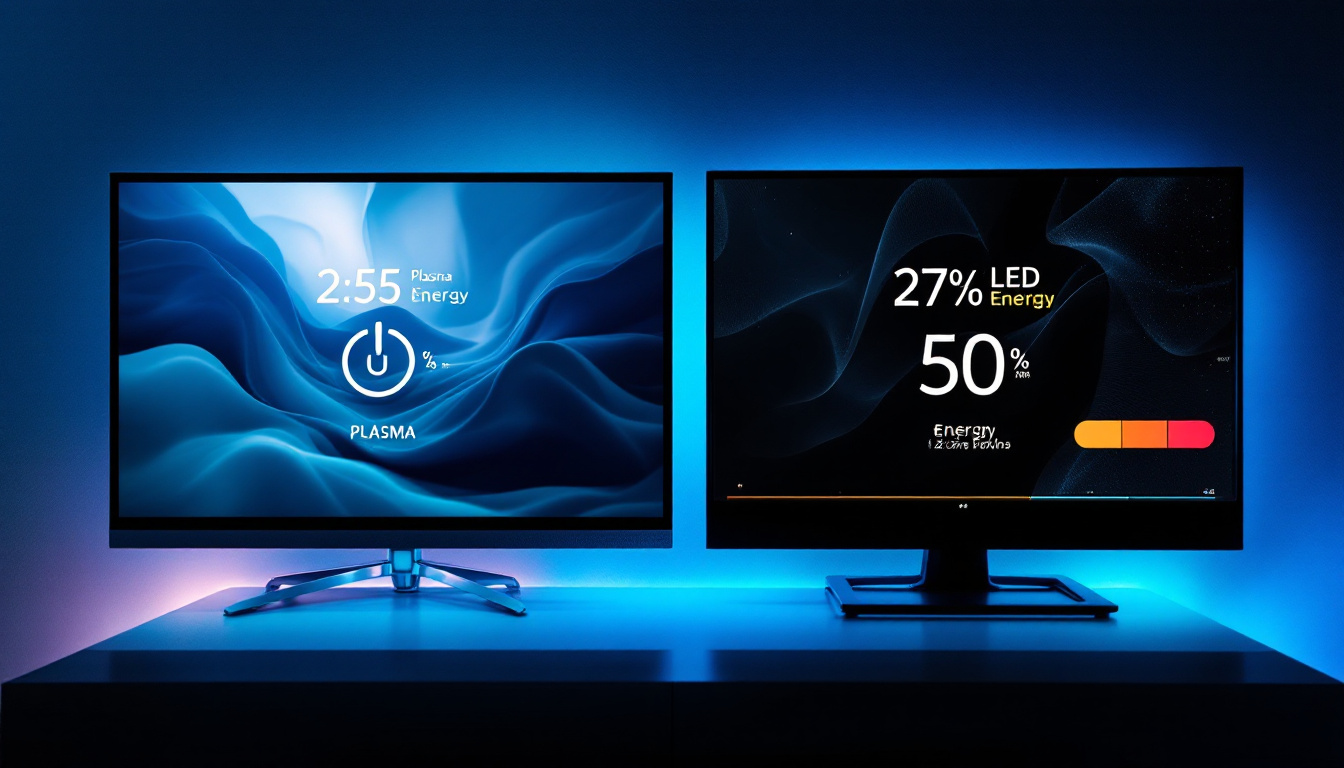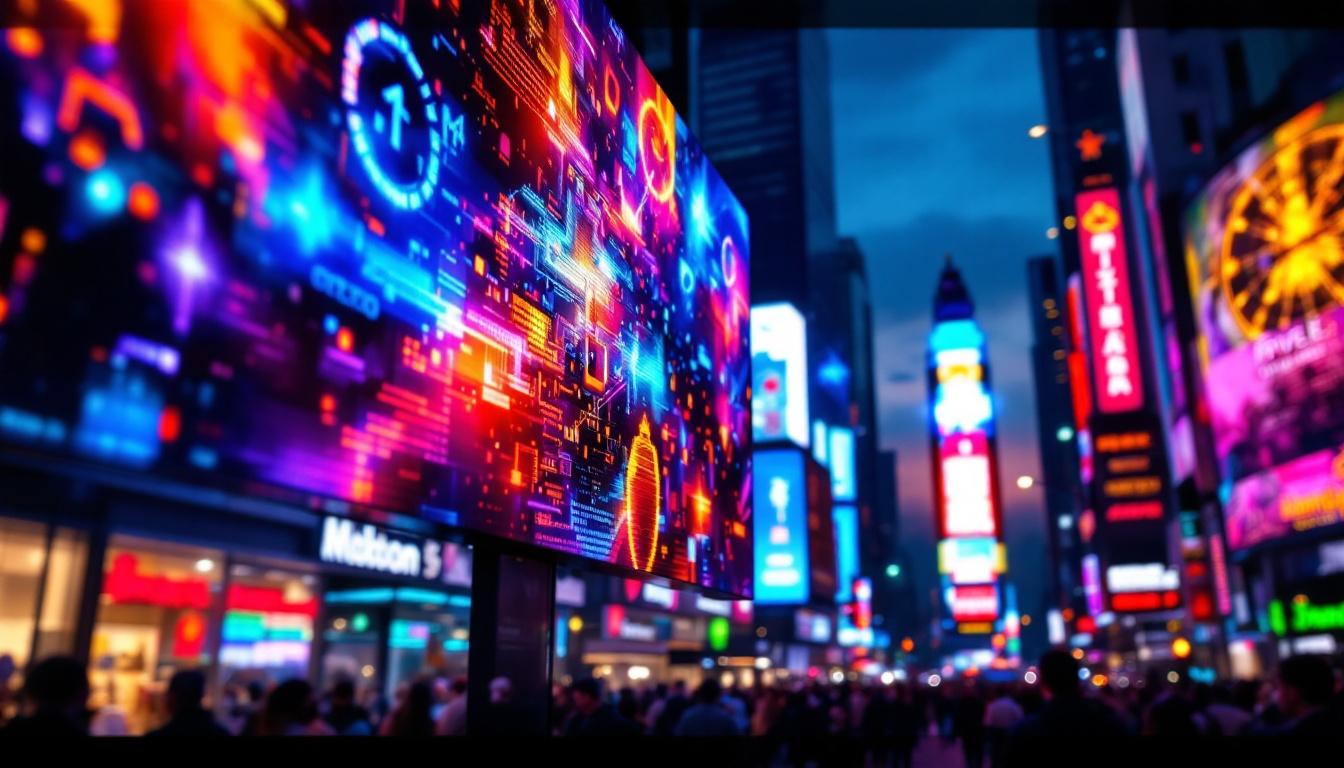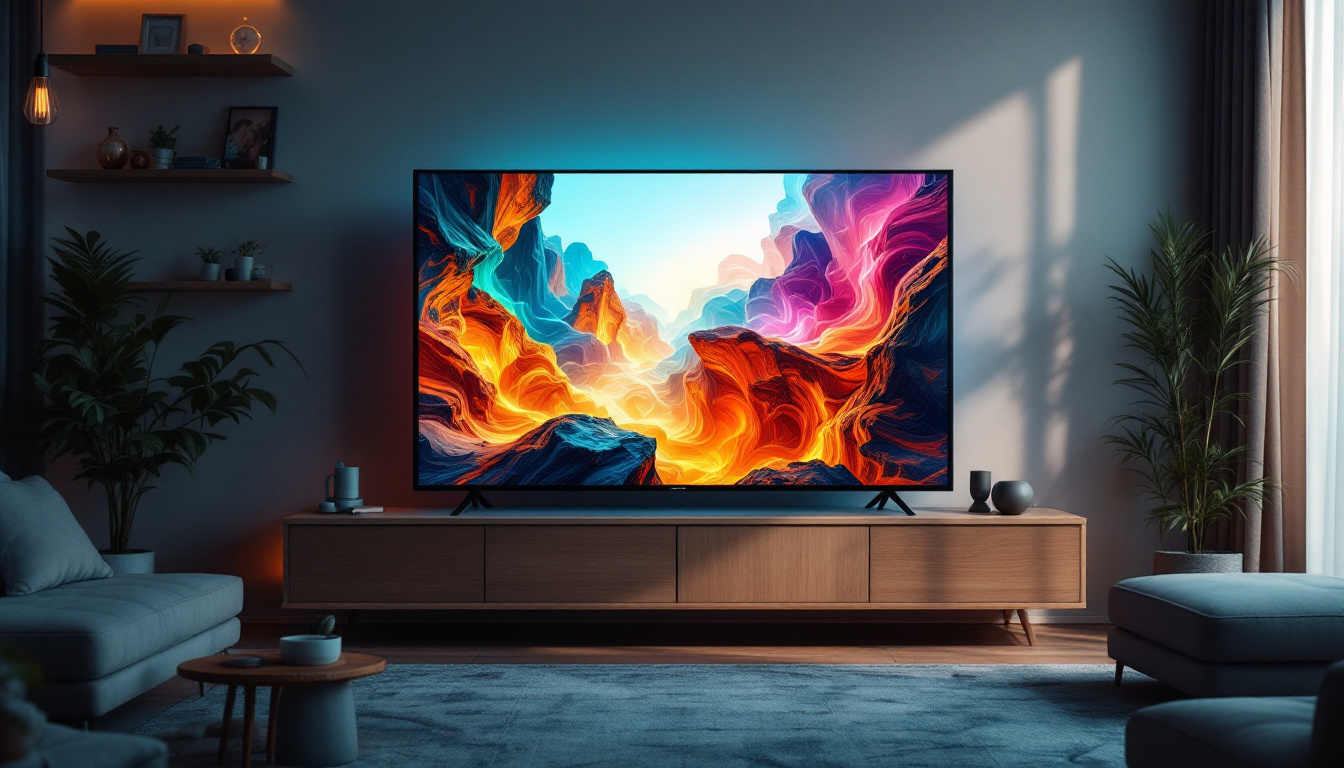In the realm of modern technology, LED displays have become ubiquitous, serving various applications from billboards to smartphones. The term “format pixel” is often used in discussions about LED displays, yet it remains a somewhat ambiguous concept. This article aims to clarify what format pixels are, how they function within LED displays, and their significance in the broader context of visual technology.
Understanding LED Displays
LED (Light Emitting Diode) displays are a type of flat panel display that utilizes LEDs as the primary source of light. Unlike traditional LCD displays that rely on backlighting, LED displays emit light directly, resulting in brighter images and improved energy efficiency. This technology has revolutionized how images and videos are presented, making them more vibrant and engaging. The ability to produce deeper blacks and a wider color gamut has made LED displays the preferred choice for both consumers and professionals alike.
Types of LED Displays
LED displays can be categorized into several types, each designed for specific applications. The most common types include:
- Direct View LED: These displays consist of numerous small LEDs arranged in a grid, allowing for high brightness and contrast. They are often used in outdoor advertising and large venues, such as stadiums and concert halls, where visibility from a distance is crucial.
- LED-backlit LCD: This type combines traditional LCD technology with LED backlighting, enhancing color accuracy and energy efficiency. They are widely used in televisions and computer monitors, providing a sleek design while maintaining excellent picture quality.
- MicroLED: A newer technology that uses microscopic LEDs to create images. MicroLED displays promise higher resolution and better performance than traditional LED displays, with the potential for self-emissive properties that could rival OLED technology.
How LED Displays Work
The operation of an LED display is relatively straightforward. Each pixel in the display consists of red, green, and blue (RGB) sub-pixels. By varying the intensity of these sub-pixels, a wide range of colors can be produced. The combination of these colors at different intensities creates the images seen on the screen.
When an electrical current passes through the LED, it emits light. This process is known as electroluminescence. The efficiency of this process is what makes LED displays so popular, as they consume less power than traditional display technologies while providing superior brightness and color accuracy. Additionally, the longevity of LED displays is a significant advantage; they can last tens of thousands of hours, reducing the need for frequent replacements and contributing to lower overall costs for consumers and businesses.
Furthermore, the versatility of LED displays allows them to be used in a variety of settings, from homes and offices to large-scale public installations. Their ability to be easily scaled and customized means that they can fit any space, whether it’s a small room or a massive outdoor billboard. This adaptability has led to their increasing presence in digital signage, where dynamic content can be displayed to capture the attention of passersby, making them an essential tool for marketing and communication in today’s fast-paced world.
What is a Format Pixel?
The term “format pixel” refers to the smallest unit of display resolution in an LED screen. It encompasses the arrangement and configuration of the pixels that make up an image. Understanding format pixels is crucial for grasping how resolution and image quality are determined in LED displays. Each format pixel can be thought of as a building block, contributing to the overall visual experience by combining with others to form complex images and vibrant colors.
In the world of digital displays, the significance of format pixels extends beyond mere resolution. They play a vital role in color reproduction and brightness levels, as each pixel can emit different colors and intensities. This capability allows for the creation of lifelike images and videos, making format pixels essential in applications ranging from gaming to professional graphic design.
Pixel Density and Resolution
Pixel density, measured in pixels per inch (PPI), is a critical factor in determining the clarity and sharpness of an image. Higher pixel density means more pixels are packed into a given area, resulting in finer details and smoother images. In LED displays, the arrangement of format pixels directly influences pixel density. For instance, a display with a high PPI will produce images that appear sharper and more detailed, making it ideal for tasks that require precision, such as photo editing or watching high-definition movies.
Resolution, on the other hand, refers to the total number of pixels in each dimension that the display can show. Common resolutions include Full HD (1920×1080), 4K (3840×2160), and 8K (7680×4320). The format pixel plays a vital role in achieving these resolutions, as it dictates how many individual pixels are used to create the overall image. As technology advances, the demand for higher resolutions continues to grow, pushing manufacturers to innovate and improve the arrangement of format pixels to meet consumer expectations for stunning visual quality.
Aspect Ratio and Format Pixels
Aspect ratio is another essential aspect of format pixels. It defines the proportional relationship between the width and height of a display. Common aspect ratios include 16:9, 4:3, and 21:9. The choice of aspect ratio affects how content is displayed and can impact the viewing experience. For instance, a 16:9 aspect ratio is standard for televisions and monitors, while a 4:3 aspect ratio may be used for older content. Understanding the relationship between aspect ratio and format pixels is crucial for content creators and designers, ensuring that their work is displayed optimally across various devices.
Moreover, the aspect ratio can influence the type of content that is best suited for a particular display. Cinematic films often utilize a wider aspect ratio, such as 21:9, to create an immersive viewing experience that draws the audience into the story. In contrast, a 4:3 aspect ratio may be more appropriate for presentations or educational materials, where the focus is on clarity and readability. By considering the interplay between aspect ratio and format pixels, designers can tailor their content to fit the intended medium, enhancing both aesthetics and functionality.
Advantages of LED Displays
LED displays offer numerous advantages over traditional display technologies, making them a preferred choice in various applications. Here are some key benefits:
Energy Efficiency
One of the most significant advantages of LED displays is their energy efficiency. LEDs consume less power than traditional incandescent or fluorescent lighting, leading to lower energy costs and a reduced carbon footprint. This efficiency makes LED displays an environmentally friendly option for both consumers and businesses.
Brightness and Color Quality
LED displays are known for their exceptional brightness and vibrant color reproduction. The ability to produce deep blacks and bright whites enhances the overall viewing experience. This quality is particularly important in outdoor settings where sunlight can wash out images on traditional displays.
Longevity and Durability
LED technology is inherently more durable than other display types. LED displays have a longer lifespan, often exceeding 50,000 hours of use. Additionally, they are more resistant to shock and vibration, making them suitable for a variety of environments, from concert stages to outdoor advertising.
Applications of LED Displays
The versatility of LED displays allows them to be used in a wide range of applications. Here are some notable examples:
Advertising and Marketing
LED displays are widely used in advertising due to their eye-catching brightness and ability to display dynamic content. From large billboards in urban areas to digital signage in retail environments, LED technology has transformed how businesses communicate with consumers.
Entertainment and Events
In the entertainment industry, LED displays are essential for concerts, festivals, and sporting events. They provide large, high-resolution screens that enhance the audience’s experience. The ability to display real-time content, such as live feeds and graphics, adds to the excitement of these events.
Public Information and Transportation
LED displays are also utilized in public information systems, such as train stations and airports. They provide real-time updates on schedules, delays, and other important information. Their visibility and clarity ensure that travelers receive timely and accurate information.
Challenges and Considerations
While LED displays offer numerous advantages, there are also challenges and considerations that must be addressed. Understanding these factors can help consumers and businesses make informed decisions.
Cost Considerations
The initial investment for LED displays can be higher than traditional display technologies. However, the long-term savings in energy costs and maintenance often justify the upfront expense. Businesses must weigh these factors when considering an LED display purchase.
Heat Management
LED displays generate heat during operation, which can affect performance and longevity if not managed properly. Adequate cooling systems and ventilation are essential to ensure optimal functioning and prevent overheating. This consideration is particularly important for large displays used in outdoor settings.
The Future of LED Displays
The future of LED displays looks promising, with ongoing advancements in technology and applications. Innovations such as flexible displays, improved color accuracy, and enhanced energy efficiency are on the horizon. As technology continues to evolve, LED displays will likely become even more integrated into daily life.
Emerging Technologies
Emerging technologies, such as OLED and MicroLED, are pushing the boundaries of what is possible with display technology. These advancements promise to deliver even higher resolutions, better color reproduction, and thinner form factors. As these technologies mature, they may complement or even replace traditional LED displays in certain applications.
Integration with Smart Technology
As the Internet of Things (IoT) continues to expand, LED displays are increasingly being integrated with smart technology. This integration allows for real-time data display, interactivity, and enhanced user experiences. For example, smart LED displays can adjust brightness based on ambient light conditions, improving visibility and energy efficiency.
Conclusion
In summary, LED displays represent a significant advancement in visual technology, offering numerous benefits such as energy efficiency, brightness, and durability. Understanding the concept of format pixels is essential for grasping how resolution and image quality are determined in these displays. As technology continues to evolve, LED displays will play an increasingly vital role in various applications, from advertising to entertainment and beyond.
As consumers and businesses navigate the landscape of display technology, recognizing the advantages and challenges of LED displays will be crucial. The future promises exciting developments, making it an exciting time for anyone interested in the world of visual technology.
Discover Cutting-Edge LED Display Solutions
Ready to elevate your visual experience with the latest in LED technology? Look no further than LumenMatrix, a pioneer in crafting immersive LED display modules tailored to your needs. From vibrant Indoor and Outdoor LED Wall Displays to dynamic Vehicle and Sports LED Displays, LumenMatrix offers a comprehensive range of solutions designed to captivate and engage. Embrace the future of visual communication with our innovative All-in-One, Custom, and Transparent LED Displays. Check out LumenMatrix LED Display Solutions today and transform how you share your message with the world.

